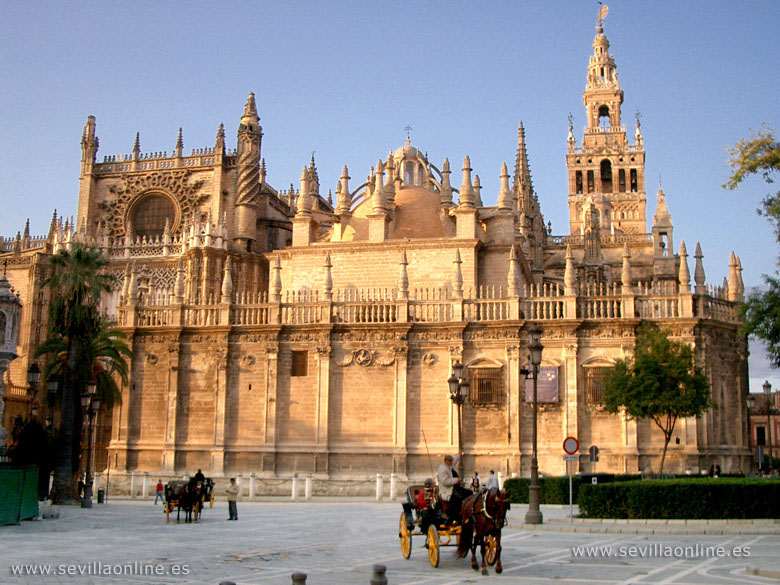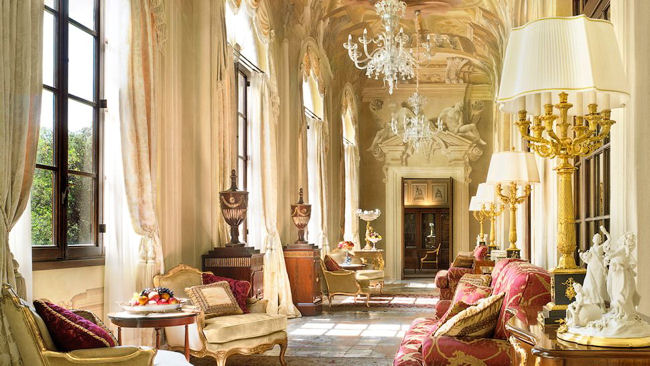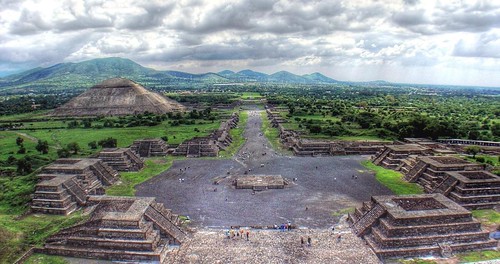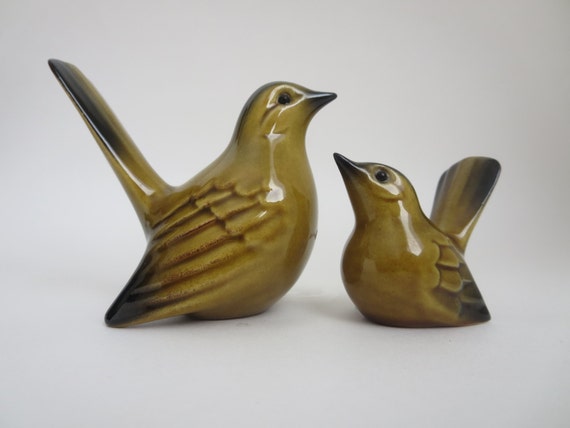The Spanish Reaissance was just another branch of the Renaissance and occurred from the 15th to 17th centuries. Much like the Italian Renaissance, it had many Renaissance features with it's own Spanish twist on the overall concept of design.
One of my favorite pieces of the Spanish Reaissance was the Cathedral of Seville. This structure had a Gothic and Renaissance twist to it, from the gothic architecture to the Renaissance inspired vaulted ceiling. The overall structure is grand and over emphasizes the use of Gothic and Renaissnace design together in a cohesive setting.


Above is an interior view of the Cathedral of Seville.
This image displays the use of Gothic inspired ribbed vaulted ceilings.
With the development of new architecture and design, the next step was the developement of new interior and residential living. As the Spanish used materials such as, tile, stone, brick, wood, carpet, walnut furniture, and simple designs. The Spanish took the simplest designs from past civilizations annd put a new look to each piece of furniture.
Below is an image of a sillon de frailero (monk's chair)

Below is an image of an outdoor modern day patio set.
This displays the common use of a stretcher, at the base of the chair, this comes from the design of the monk's chair.

Below is a space that shows many Spanish Renaissance features,

For the Spanish Renaissance I viewed Emily N. and Melanie's blog posts. Emily discussed the use of Huerra architecture and how it was influential during the Spanish Renaissnace period. I viewed Melanie's for second time and she discussed the two styles of plateresco and desornamentado. Both posts discussed topics that I did not talk about in my post and I found them both very interesting to learn about.
References
- http://www.sevillaonline.es/images/sevilla/monuments/catedral/sevilla-catedral780x585.jpg
- http://noisp.ru/wp-content/uploads/2013/02/sevilla-catedral.jpg
- http://pictures2.todocoleccion.net/tc/2013/11/02/12/39775456.jpg
- http://www.artemendoza.com/wp-content/uploads/2014/02/exciting-folding-outdoor-patio-table-chair-sets.jpg
- http://www.architecturaldigest.com/celebrity-homes/2002/cher-malibu-italian-renaissance-villa-ron-wilson-article/_jcr_content/par/cn_contentwell/par-main/cn_pagination_container/cn_image.size.cher-malibu-06-loggia.jpg







